Create opportunities, seize the right opportunities, make timely and accurate strategic decisions
On January 27, 1973, the Paris Agreement on ending the war and restoring peace in Vietnam was signed. The US and its allies were forced to withdraw all their troops. However, with their stubborn and belligerent nature, the Saigon puppet government, under the aid and direction of the US, blatantly sabotaged the agreement. They mobilized almost all of their forces to conduct a campaign of "flooding the territory", launching "pacification and encroachment" operations in order to destroy the revolutionary armed forces, eliminate the liberated areas, and eliminate the people's government, headed by the Provisional Revolutionary Government of the Republic of South Vietnam. In essence, they continued the strategy of "Vietnamization of the war".
Faced with the enemy's plots and war actions, the 21st Central Committee Conference (July 1973) clearly stated that the revolution in the South could develop in two ways: (1) We actively fight on three political , military and diplomatic fronts, gradually forcing the enemy to implement the Paris Agreement on Vietnam, peace is truly restored, the struggle of the people in the South to achieve independence and democracy, although still long-term, difficult and complicated, is increasingly developing and in a position of strong progress; (2) The US and the puppet regime continue to violate and sabotage the Paris Agreement, military conflicts may increase, the intensity and scale of the war will become larger and larger, we must again conduct a fierce and resolute revolutionary war to defeat the enemy and gain complete victory. The two above-mentioned possibilities of the situation in the South both exist and are in the process of development, but regardless of the possibility, “the path of the Southern revolution is the path of revolutionary violence. Regardless of the situation, we must firmly grasp the opportunity, maintain the strategic offensive line and provide flexible direction to move the Southern revolution forward”. The basic and urgent requirement of the Southern revolution at this time is to win the people, gain mastery and develop revolutionary strength. Implementing the Party's policy, our army and people on the Southern battlefield resolutely fought to smash the enemy's encroachment and pacification operations, firmly protecting the liberated areas.
.jpg)
In late 1974 and early 1975, the war situation changed dramatically and rapidly in a direction increasingly favorable to the revolution. We continuously launched attacks in many key areas to destroy enemy forces, creating more solid footholds; typically, the Thuong Duc Victory "destroying the Airborne Division" (late 1974) proved that the fighting ability of our main force was far superior to the enemy's mobile main force; the Road 14-Phuoc Long Victory (from December 13, 1974 to January 6, 1975) liberated the entire Phuoc Long province, becoming a "strategic reconnaissance strike" showing the possibility that the US would not intervene militarily again in South Vietnam...
Faced with that situation, the Politburo met to discuss the plan to liberate the South. The conference concluded: This is the most favorable opportunity for our people to liberate the South and achieve complete victory. Twenty years of fighting by the people of the whole country have created this opportunity. “Other than this opportunity, there is no other opportunity. If we wait another ten or fifteen years, the puppets will recover, the invading forces will recover... then the situation will be extremely complicated.” Based on the right identification of the opportunity, the Politburo made a strategic determination: “Mobilize the greatest efforts of the entire Party, the entire army, and the entire people in both regions, launch the final general offensive and uprising, bring the revolutionary war to its highest level, destroy and disintegrate the entire puppet army, capture Saigon, the enemy's central stronghold as well as all other cities and towns, overthrow the puppet government at the central and all levels, seize the entire government into the hands of the people, completely liberate the South, complete the people's national democratic revolution throughout the country, and move towards national reunification”.
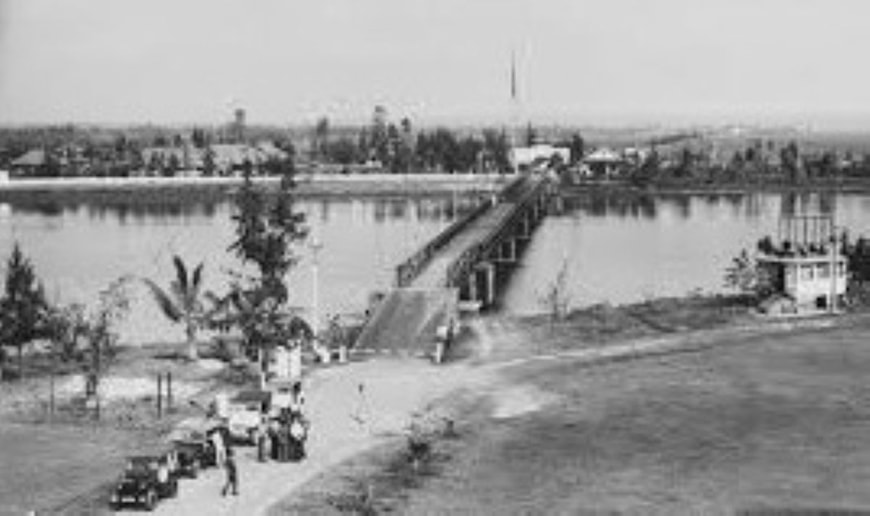
The Politburo advocated liberating the South in 1975-1976, divided into 2 steps: Step 1 (1975), seize the opportunity, suddenly launch a large and widespread attack. Step 2 (1976), carry out a general offensive, a general uprising to completely liberate the South, and gain total victory. However, the Politburo also pointed out: If the opportunity came sooner, in early or late 1975, then immediately liberate the South in 1975. We must strive to win quickly to reduce the loss of people and property, and reduce the devastation of war.
The expanded Politburo Conference (from December 18, 1974 to January 8, 1975) determined to liberate the South as a result of proactive, courageous, creative, elaborate, persistent, and tenacious strategic preparation in all aspects of politics, military, diplomacy, rear and frontline potential, battle formation, and people's hearts... over a long period of time, demonstrating Vietnam's intelligence and mettle in the "historic confrontation" with the US imperialists and their reactionary and lackey forces; showing sharp thinking, the ability to identify and seize opportunities, and make timely and accurate strategic decisions.
Strategic leadership is decisive, flexible, and creative.
Implementing the strategic combat plan, after a period of active preparation, our army and people launched the Central Highlands Campaign (from March 4 to April 3, 1975), shaking the entire enemy defense system. With the strategy of encirclement, division and surprise attacks, our army successively captured important targets: Thuan Man, Duc Lap and Buon Ma Thuot; defeated the counterattack to retake; forced the enemy to withdraw from Kon Tum, Pleiku and the entire Central Highlands. We destroyed and disintegrated the 2nd Corps - Military Region 2 of the Saigon puppet army; liberated 5 provinces: Kon Tum, Gia Lai, Dak Lak, Phu Bon, Quang Duc and a number of provinces in the South Central Coast. The Central Highlands Campaign fundamentally changed the comparison of forces and strategic situation between us and the enemy, creating a decisive turning point, developing our strategic offensive into a general offensive throughout the South.
Immediately upon receiving news of the initial victory of the Central Highlands Campaign, especially the key battle to liberate Buon Ma Thuot town (from March 10 to 11, 1975) and information that the enemy had withdrawn all its forces from the Central Highlands, realizing the favorable strategic opportunity, the Politburo met (March 18, 1975), adding a strategic determination: Seize the opportunity, completely liberate the South in 1975 (the 2-year plan was reduced to 1 year) and emphasized: To complete that basic task, the immediate task of our army and people is to launch the second strategic attack to liberate Hue - Da Nang and the coastal provinces of the Central region.
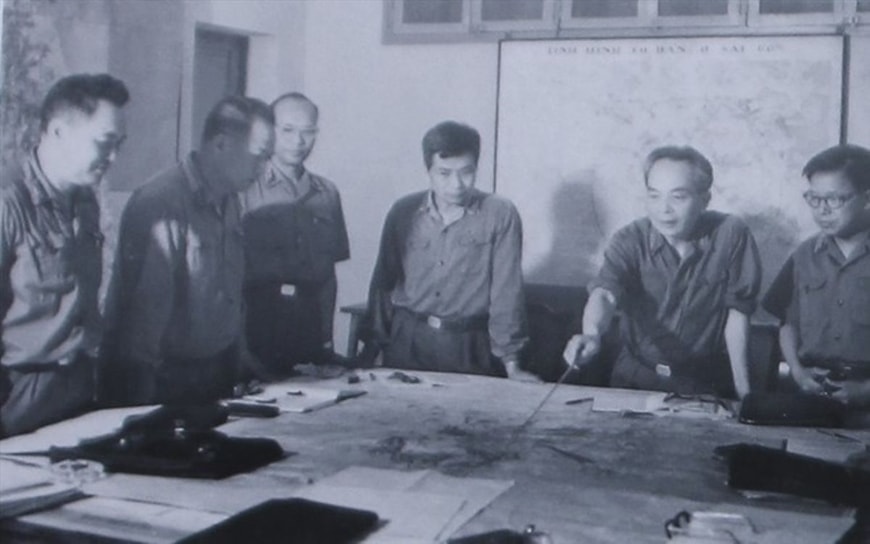
In compliance with the policy and strategic direction, our army and people stepped up attacks on the enemy in Tri-Thien and the coastal provinces of the Central region, exerting strong pressure, forcing the enemy to concentrate their forces to hold the major cities of Hue and Da Nang. Taking advantage of the opportunity when the enemy was clustered, our main units closely coordinated with the armed forces and local people to quickly and proactively launch attacks to liberate many large rural areas; at the same time, we organized deep thrusts, divided the enemy, blocked their escape routes, and formed a siege of the enemy in the cities.
On March 25, 1975, the Politburo and the Central Military Commission met to discuss and affirm: "Our strategic general offensive has begun with the Central Highlands Campaign. The new strategic opportunity has come", we have the conditions to complete the determination to liberate the South early, from which we unanimously resolved: Concentrate the fastest military and material resources to liberate the South before the rainy season (around mid-May 1975). The 1-year plan was further reduced to 5 months. The Politburo determined to launch a historic campaign of decisive significance on the largest scale: the General Offensive and Uprising Campaign to liberate Saigon. But to achieve that strategic decisive blow, the Politburo directed: Complete liberation of Thua Thien-Hue; at the same time, attack Da Nang in the most timely, quickest, boldest, most surprising way and with certain victory.
Seizing the opportunity when the enemy was confused and wavering, our main forces simultaneously attacked, in a short time smashing all enemy defense lines, liberating Hue (March 26, 1975), Da Nang (March 29, 1975) and the coastal provinces of Central Vietnam; destroying and disintegrating the entire enemy's 1st Corps-1st Military Region, dealing a heavy blow to the puppet government and puppet army of Saigon. Through these victories, our armed forces grew remarkably strong, our troops suffered few casualties, their morale and fighting skills were significantly improved; a large amount of enemy weapons and ammunition was captured. Our main forces in a short time increased rapidly, gaining mobility across all battlefields. The war situation developed by leaps and bounds, completely beneficial to the revolution.
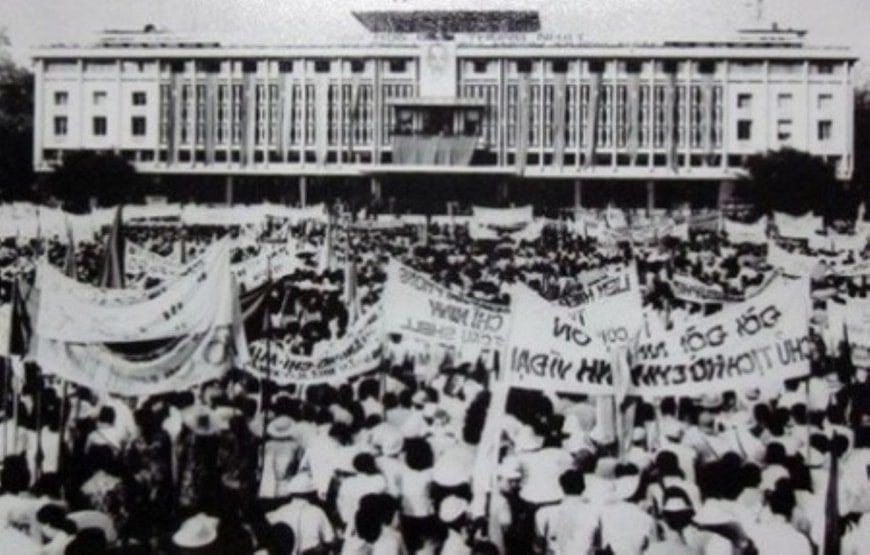
Based on the extremely rapid changes on the battlefield, on March 31, 1975, the Politburo met and discussed, assessing: The revolutionary war in the South developed by leaps and bounds, “one day equals twenty years”, the opportunity to launch a general offensive and uprising in Saigon-Gia Dinh was ripe. From there, the Politburo decided: “We must firmly grasp the strategic opportunity, determined to carry out a general offensive and uprising, and successfully end the liberation war in the shortest time. It is best to start and end in April this year, without delay. We must act “quickly, boldly, and unexpectedly”. We must attack right when the enemy is confused and weak. We must concentrate even greater forces on the main targets in each direction, at each moment”. The 5-month plan was further reduced to 4 months.
On April 9, 1975, our army attacked Xuan Loc - the puppet army's key defense line protecting Saigon from the East. On April 16, 1975, our army smashed the Phan Rang defense line. On April 14, 1975, the Politburo approved the campaign to liberate Saigon-Gia Dinh, named the Ho Chi Minh Campaign. On April 21, 1975, the enemy troops in Xuan Loc fled. The puppet army and government in Saigon fell into increasing confusion. The US established an emergency air bridge to provide aid to the puppet government and army to save them from complete collapse, hoping to find a solution through negotiations. On April 22, 1975, the Politburo met and issued the order: “The opportunity to launch a general military and political offensive on Saigon is ripe. We need to seize every day to promptly launch the attack. Action at this time is the surest guarantee for complete victory. If we delay, it will not be beneficial both militarily and politically.”
On April 26, 1975, the Ho Chi Minh Campaign officially began. All of our troops, including 4 army corps (1, 2, 3, 4) and Group 232 (equivalent to an army corps) successively smashed the outer defense lines, at the same time, forming deep thrusts to capture 5 important targets in Saigon (Independence Palace, puppet General Staff, Tan Son Nhat Airport, Capital Special Zone Command, puppet Police Department). At noon on April 30, 1975, the Liberation Army entered the Independence Palace, arrested the entire Saigon puppet cabinet, and forced puppet President Duong Van Minh to declare unconditional surrender. The Ho Chi Minh Campaign was a complete victory.
The great victory of Spring 1975 liberated the South, ending the 21-year journey of resistance against the US to save the country, and at the same time, gloriously ending the 30-year revolutionary war. In less than 2 months, we destroyed the Saigon regime built by the US; at the same time, we also limited human and material losses (keeping Saigon and many other cities in the South almost intact). That great achievement was created by many factors, but the most decisive factor was the correct and wise leadership and direction of the Party, which became a very unique art of war direction of the Party Central Committee from the steps of creating opportunities, seizing the right opportunities, making timely and accurate strategic decisions to resolute, flexible and creative strategic direction.
Studying our Party's art of war command in the Great Victory of Spring 1975, we can draw some lessons to apply to the current work of building and defending the Fatherland.
Firstly, forecast and correctly assess the domestic, regional and international situation, especially the strategic changes of major countries; correctly identify opportunities - advantages, difficulties - challenges. On that basis, propose correct and appropriate policies and guidelines, meeting the requirements of revolutionary tasks in the new period, firmly protecting the independence, sovereignty, unity and territorial integrity of the Fatherland; protecting the Party, protecting the socialist regime, protecting the stability of the political system.
Second, uphold the spirit of independence, self-reliance, and creativity in formulating policies and planning comprehensive strategic directions in politics, military, national defense, diplomacy, etc., ensuring the maintenance of the principles and goals of "national independence and socialism", but being flexible and adaptable in strategy; correctly assessing partners and subjects on the basis of the highest goal of ensuring national and ethnic interests.
Third, building a national defense posture, a people's security posture associated with building a solid "people's hearts posture". This is an objective requirement, a strategic and consistent policy of the Party, aiming to promote the combined strength for the cause of defending the Fatherland. In the current context, thoroughly grasping and effectively implementing the above policy is also the optimal way to maintain a peaceful and stable environment, prevent the risk of war and conflict, and protect the Fatherland early and from afar. That requires us to synchronously implement the following solutions: Maintain and strengthen the leadership of the Party, the management and administration of the State in building a national defense posture; raise awareness and responsibility of organizations, forces and people for the cause of building a national defense posture; focus on building a strong people's armed forces; combine economic, cultural, social, scientific-technological and foreign affairs development with strengthening the potential and national defense posture.
Fourth, constantly consolidate and promote the strength of the great national unity bloc. This is a precious tradition of the nation, a central issue of vital significance to the Vietnamese revolution. To continue promoting the strength of the great national unity bloc, successfully implementing the path to socialism and the goal of building an increasingly rich, prosperous, civilized and happy Vietnam, it is necessary to effectively implement a number of key issues: Promote the role of the Vietnam Fatherland Front as the political core in the great national unity bloc; promote socio-economic development to create motivation and trust among the people; improve the material and spiritual life and promote the democratic rights of the people, arouse the spirit of ardent patriotism and the aspiration to develop a prosperous and happy country; actively fight to defeat the plots and tricks of hostile, reactionary and opportunistic political forces to divide the great national unity bloc.
Fifth, strengthen the building and rectification of the Party and a clean and strong political system that is equal to its tasks. After 50 years of liberating the South, under the leadership of the Party, we have achieved many great achievements of historical significance, but at present we still face many difficulties and risks that our Party has pointed out that still exist and are becoming increasingly severe. To continue to assume the leadership role in the new period, our Party must strengthen the building, rectification, and raise its mettle and intelligence, become truly strong in politics, ideology, ethics, organization and cadres, and closely connect with the people.
Half a century has passed, but the Great Victory of Spring 1975 is still a topic that attracts the attention of many politicians, military, historians... both at home and abroad. The Party's skillful and creative war command is the "red thread", the core factor that made that glorious victory, surpassing all the enemy's calculations and leaving behind great and profound historical lessons for the current cause of national construction and defense./.
Source: https://baonghean.vn/dai-thang-mua-xuan-1975-thanh-cong-xuat-sac-cua-nghe-thuat-chi-dao-chien-tranh-10295686.html


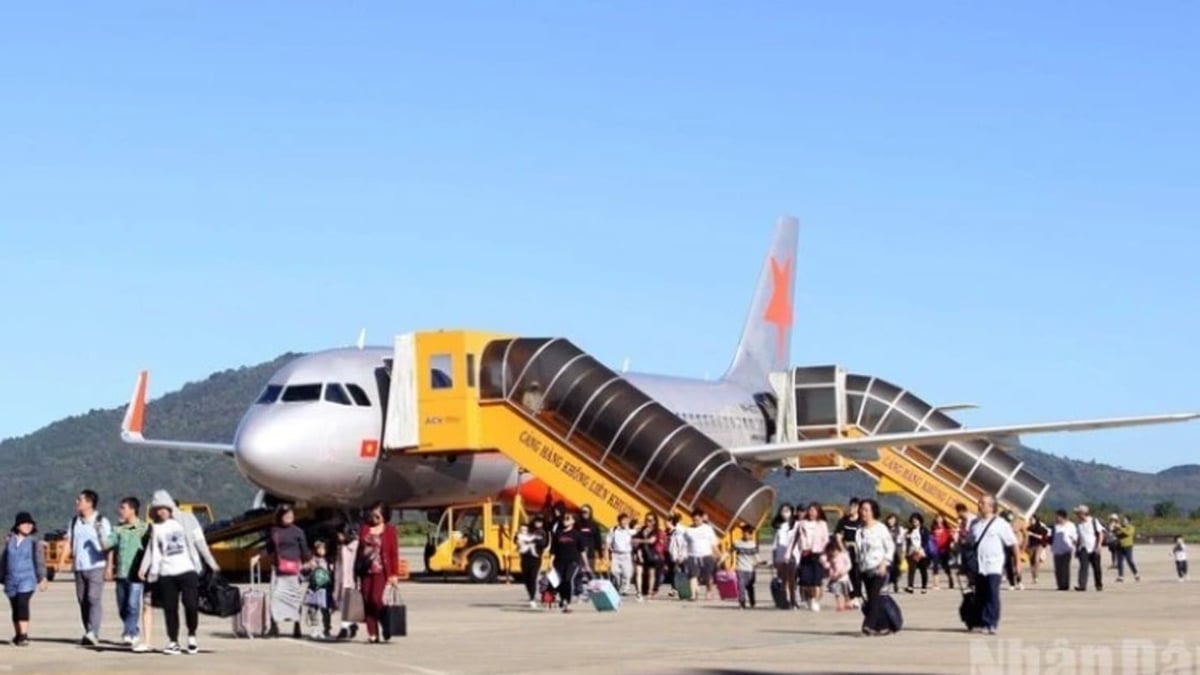

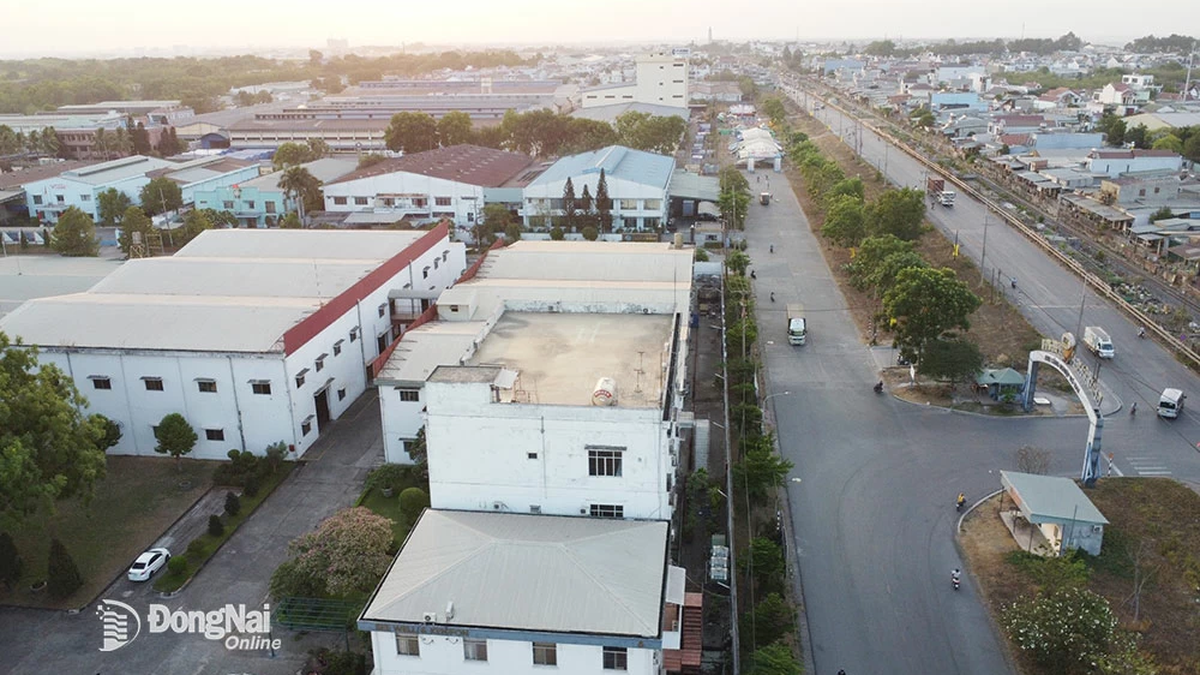
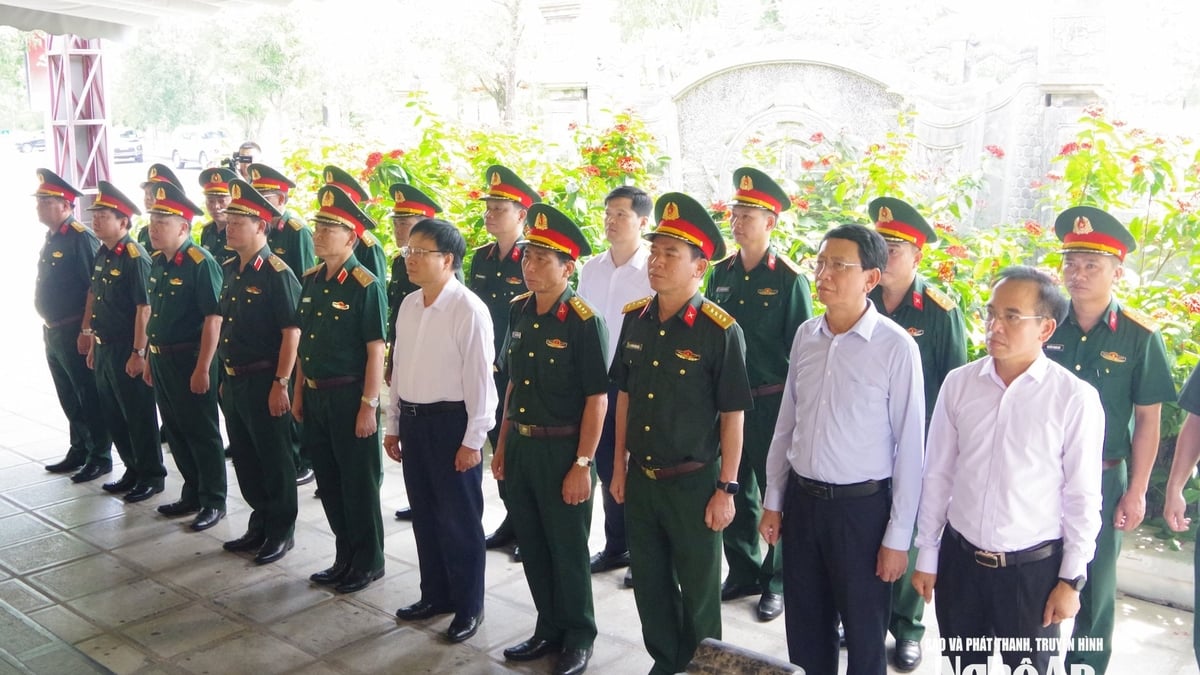
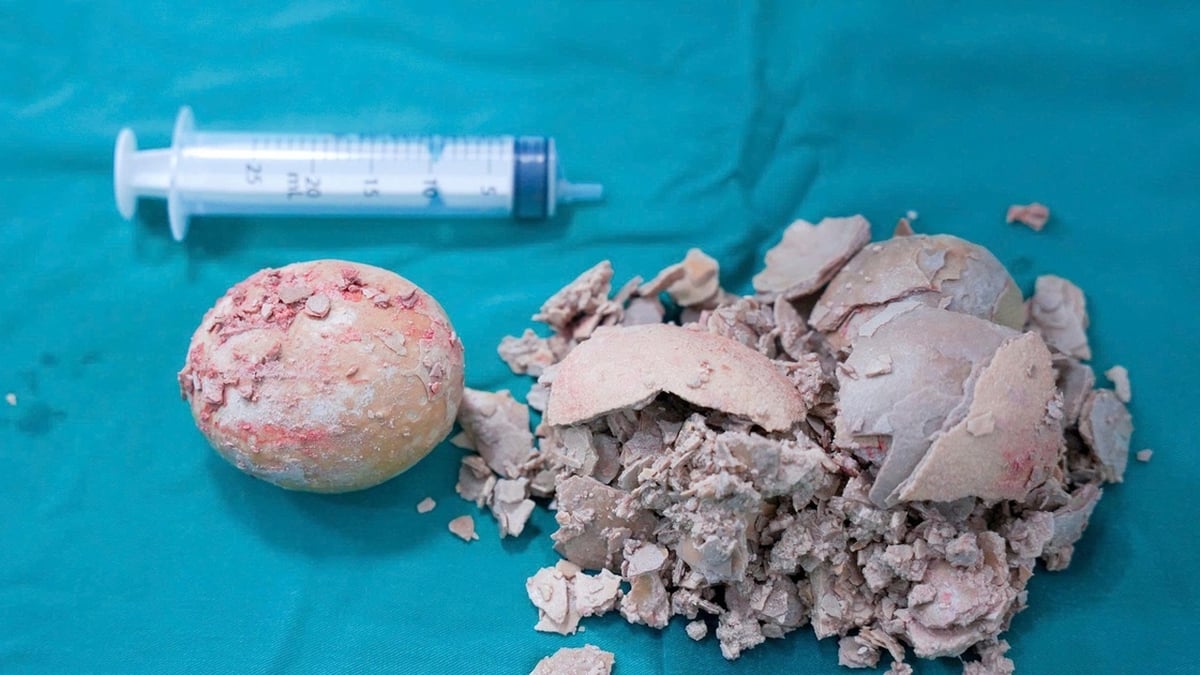

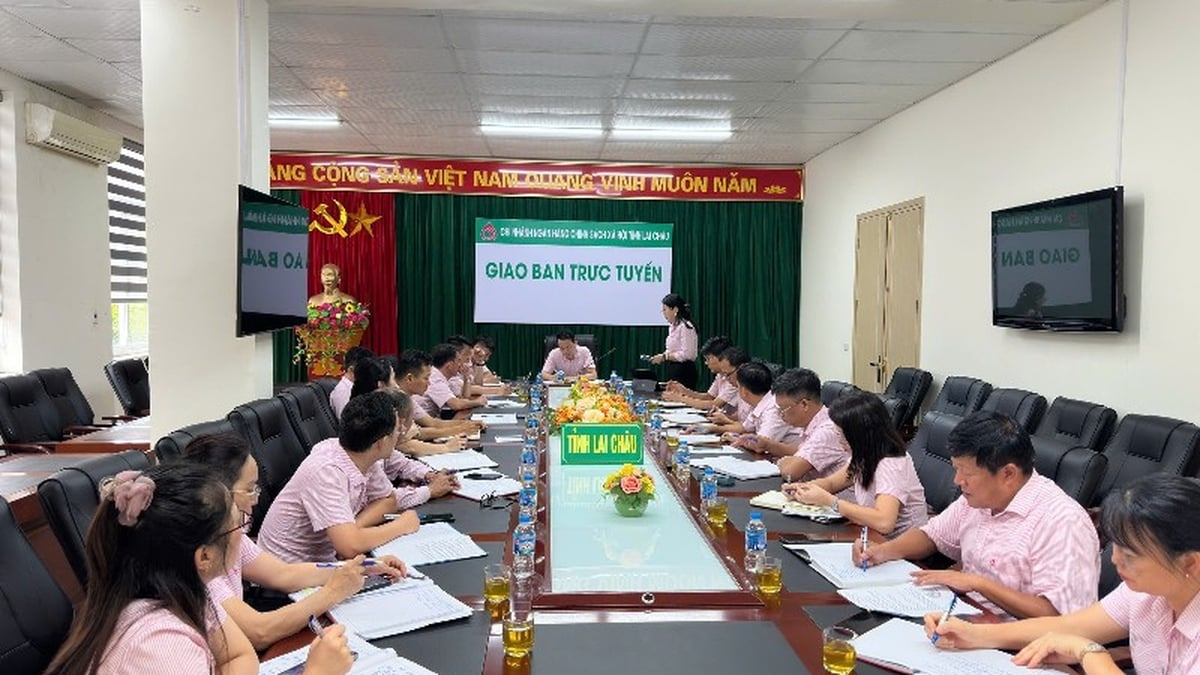

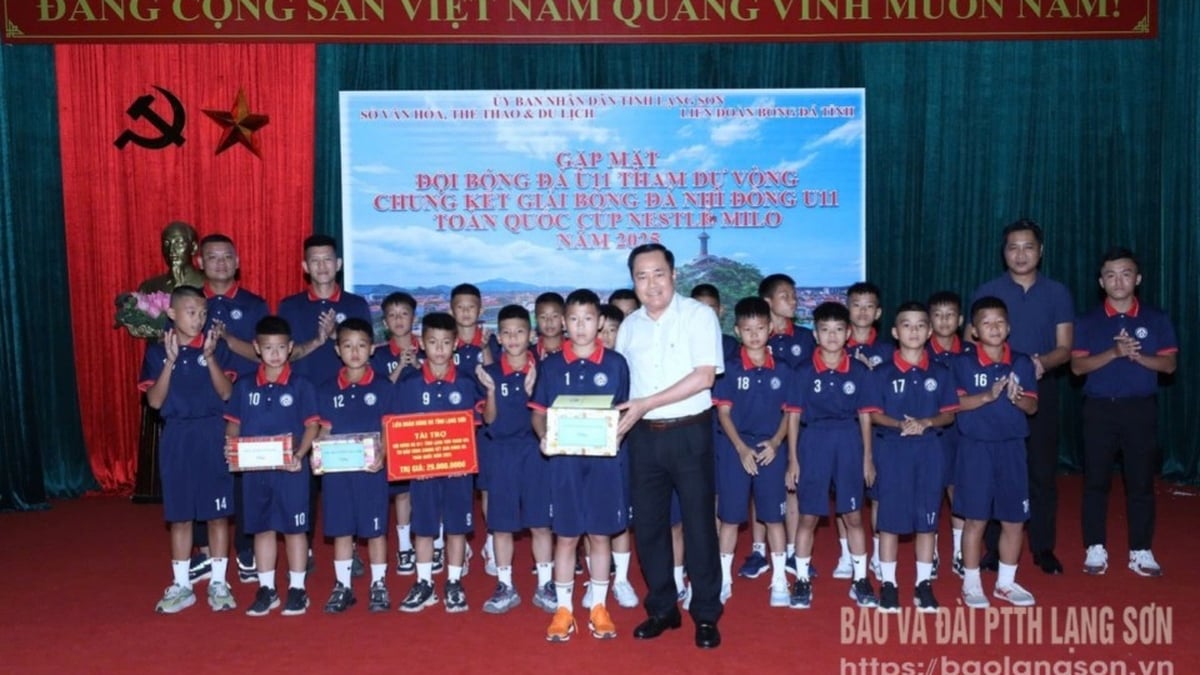
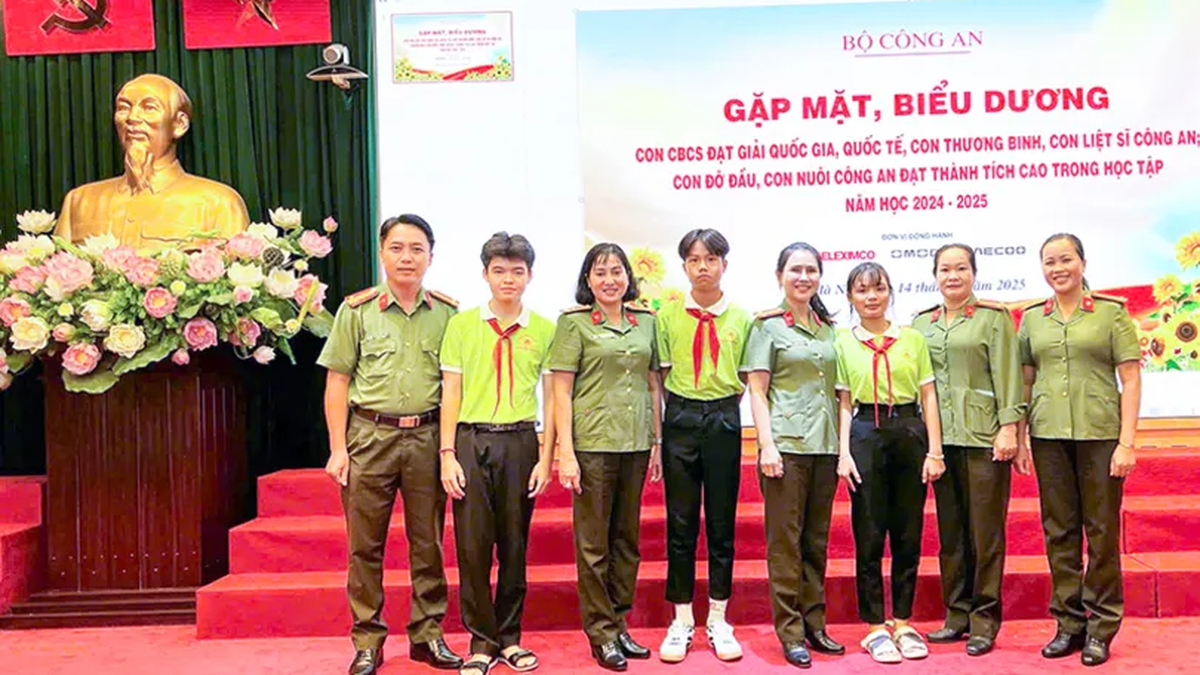








































![[Maritime News] More than 80% of global container shipping capacity is in the hands of MSC and major shipping alliances](https://vphoto.vietnam.vn/thumb/402x226/vietnam/resource/IMAGE/2025/7/16/6b4d586c984b4cbf8c5680352b9eaeb0)











































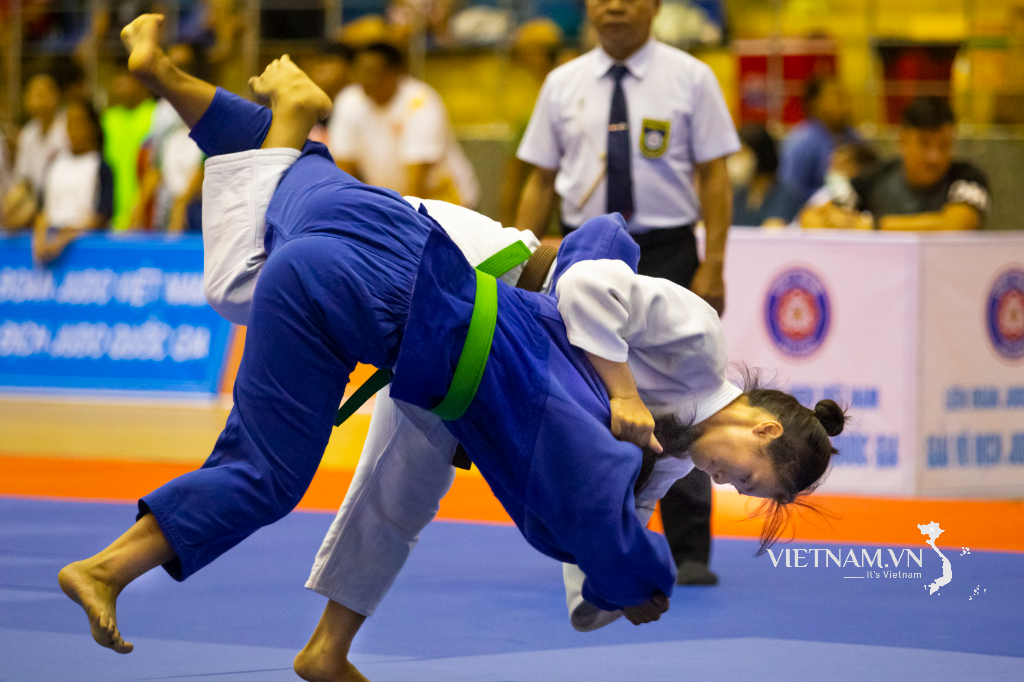

Comment (0)